Pulsed Lasers
Definition: lasers emitting light in the form of pulses
More general terms: lasers
Opposite term: continuous-wave lasers
German: gepulste Laser
How to cite the article; suggest additional literature
Author: Dr. Rüdiger Paschotta
Pulsed lasers are lasers which emit light not in a continuous mode, but rather in the form of optical pulses (light flashes). The term is most commonly used for Q-switched lasers, which typically emit nanosecond pulses, but this article gives an overview of a wider range of pulse-generating lasers. Depending on the pulse duration, pulse energy, pulse repetition rate and wavelength required, very different methods for pulse generation and very different types of pulsed lasers are used. The article on pulse generation describes more in detail the technical methods, whereas this article discusses some types of pulsed lasers:
- Various types of actively or passively Q-switched lasers emit pulses in the nanosecond duration regime; particularly compact microchip lasers can also generate sub-nanosecond pulses. Most Q-switched lasers are solid-state bulk lasers, and some of them can achieve high pulse energies in the millijoule or even multi-joule region.
- Some solid-state bulk lasers are pumped with flash lamps but not Q-switched; in free-running mode, one obtains longer pulses and somewhat higher pulse energies.
- Excimer lasers are used for generating intense nanosecond pulses in the ultraviolet spectral region. They are pumped with rather short electric pulses.
- Ultrashort pulses with durations in the picosecond or femtosecond domain are usually generated with mode-locked lasers, which may be solid-state bulk lasers, fiber lasers or semiconductor lasers. Their pulse energies are generally quite small, and the pulse repetition rate is usually in the megahertz or gigahertz region. For higher pulse energies (roughly an order of magnitude more), one may use a cavity-dumped laser.
- Gain-switched semiconductor lasers are suitable for nanosecond or picosecond pulses with relatively low energy.
- Relatively long pulses can be generated e.g. with laser diodes in quasi-continuous-wave operation.
For boosting the average power (particularly of high repetition rate pulse trains with moderate pulse energies), high-power fiber amplifiers are often well suited. For ultrashort pulses with much increased pulse energies, one uses regenerative amplifiers and multipass amplifiers. A laser system combined with some kind of optical amplifier is often still called a laser as a whole.
Suppliers
The RP Photonics Buyer's Guide contains 116 suppliers for pulsed lasers. Among them:

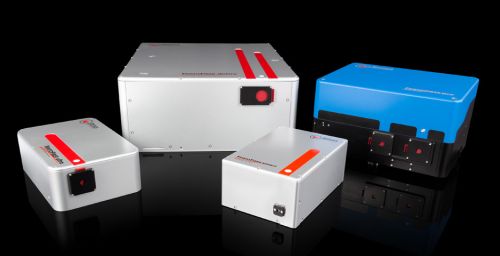
TOPTICA Photonics
TOPTICA's FemtoFiber lasers provide reliable femto-/picosecond pulses based on polarization-maintaining fibers and SAM mode-locking. Different models (1560/780 nm, VIS/NIR tunable output, IR/NIR supercontinuum, short-pulse) cover a wide range of applications, e.g. time-domain terahertz, microscopy, attoscience and as seed lasers.


Lumibird
Lumibird manufactures a wide range of nanosecond pulsed lasers thanks to its expertise in three key technologies: solid-state lasers, fiber lasers and fiber amplifiers, and laser diodes. Various application areas are addressed in industry (manufacturing, lidar sensors), science (laboratories and universities), medical (ophthalmology) and defense.


EKSPLA
EKSPLA offers a wide range of femtosecond, picosecond and nanosecond lasers as well as tunable wavelength systems for research and industrial applications.


NKT Photonics
NKT Photonics offers a wide variety of pulsed fiber lasers, for industrial and scientific applications that covers a wide spectral range from UV to visible and infrared. The lasers are air-cooled and maintenance-free and packaged in a sealed, robust enclosure allowing for operation in the harshest environmental conditions. Our more than ten years’ experience and deep knowledge in laser science allow us to offer lasers having industrial-grade reliability and robustness. We offer ultrafast lasers for industrial and scientific applications as well as a wide range of picosecond pulsed diode lasers. Our gain-switched pulsed diode lasers offer triggable pulses down to 20 ps in a small footprint for both scientific and OEM applications.
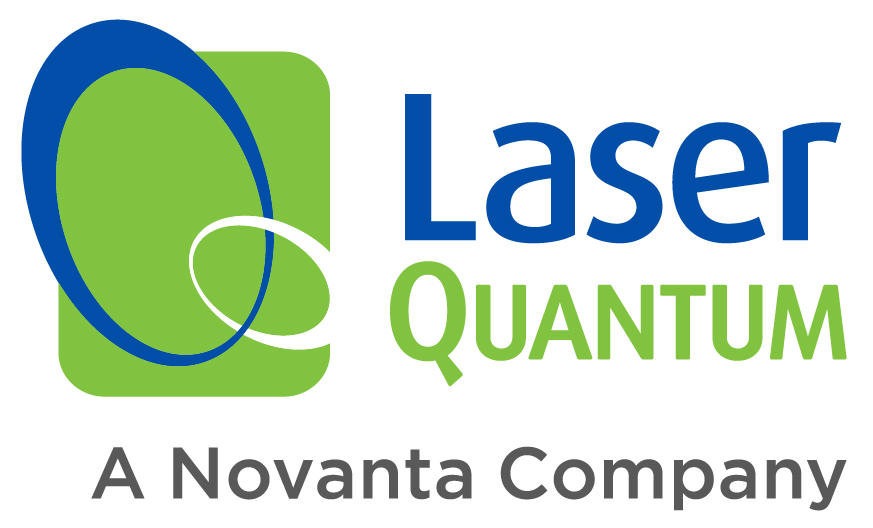

Laser Quantum
Laser Quantum has a wide variety of ultrafast lasers with short pulses and high repetition rates, each offering unique capabilities and benefits to suit the needs of different applications.


Teem Photonics
Teem Photonics offers air-cooled diode-pumped passively Q-switched lasers – pulsed Microchip and Powerchip lasers series, as well the Picospark, PicoOne and PicoMega laser series, based on a MOFA architecture, i.e., using a fiber amplifier. All can generate intense sub-nanosecond pulses. Available emission wavelengths are 1064 nm, 532 nm, 355 nm, 266 nm and 213 nm.
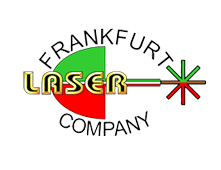

Frankfurt Laser Company
Frankfurt Laser Company offers pulsed laser diodes with emission wavelengths from 850 nm to 1550 nm.

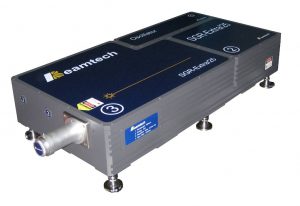
RPMC Lasers
RPMC Lasers offers a wide range of pulsed laser sources with wavelengths from the UV through the IR. These offerings include DPSS lasers, flashlamp lasers, fiber lasers, and micro lasers/microchip lasers with both active and passive Q-switches.

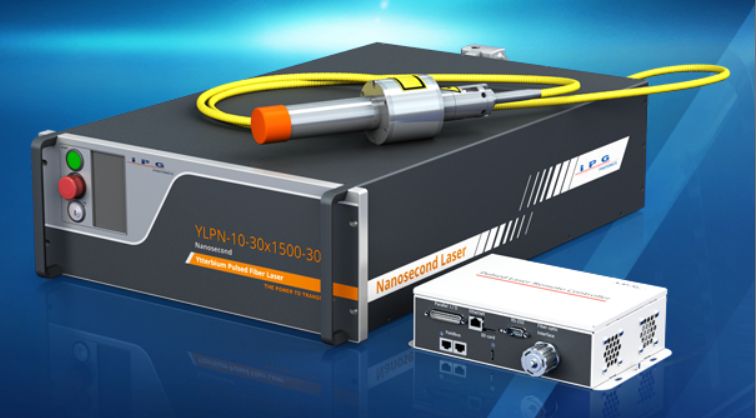
IPG Photonics
IPG’s nanosecond fiber lasers are ideal for industrial applications from laser ablation, marking, trimming, scribing, micro-machining, diamond and silicon cutting, to high speed hole drilling. They feature low divergence and can provide the fluence required for high speed marking of both plastics and metals, including highly reflective materials. High power lasers are optimized for surface treatment applications. From UV to mid-IR, from 1 W to 5 kW, the versatility of IPG's pulsed fiber lasers is unparalleled.
Questions and Comments from Users
Here you can submit questions and comments. As far as they get accepted by the author, they will appear above this paragraph together with the author’s answer. The author will decide on acceptance based on certain criteria. Essentially, the issue must be of sufficiently broad interest.
Please do not enter personal data here; we would otherwise delete it soon. (See also our privacy declaration.) If you wish to receive personal feedback or consultancy from the author, please contact him e.g. via e-mail.
By submitting the information, you give your consent to the potential publication of your inputs on our website according to our rules. (If you later retract your consent, we will delete those inputs.) As your inputs are first reviewed by the author, they may be published with some delay.
See also: pulse generation, pulses, lasers, Q-switched lasers, mode-locked lasers, ultrafast lasers, gain switching
and other articles in the category light pulses
 |



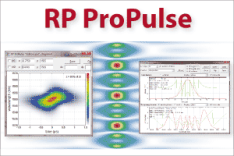

If you like this page, please share the link with your friends and colleagues, e.g. via social media:
These sharing buttons are implemented in a privacy-friendly way!